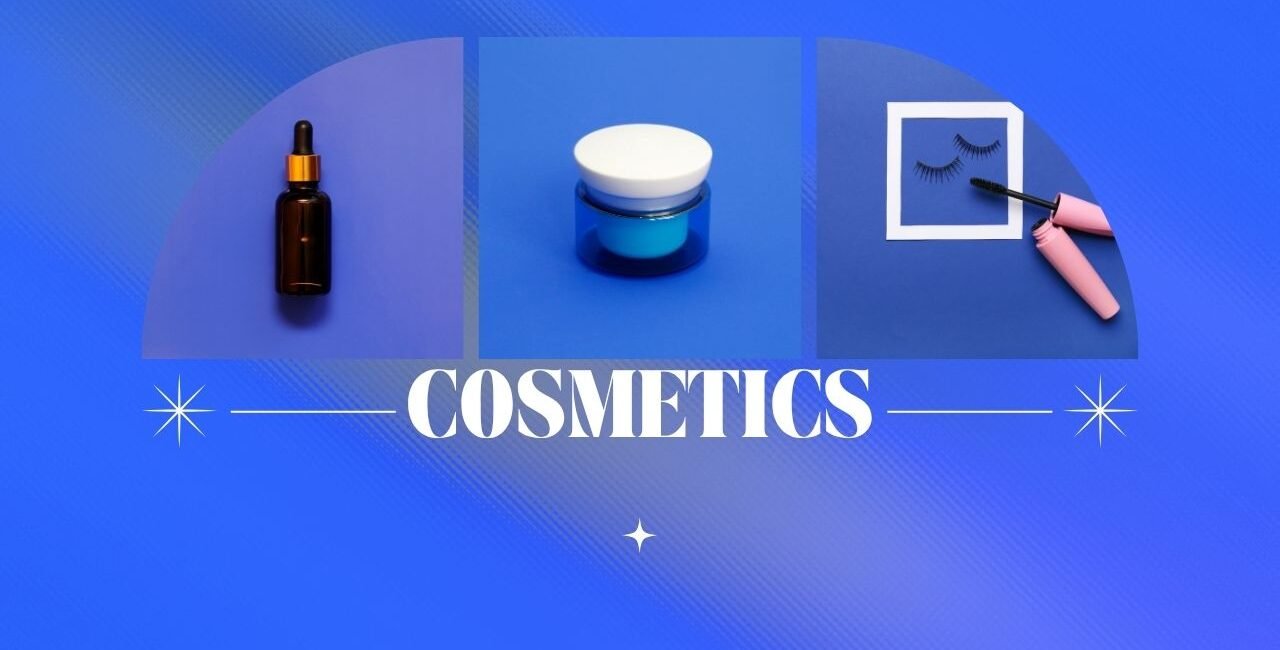
The global cosmetics market share value reached USD 343.37 Billion in 2024. It is expected to grow at a CAGR of 5.20% in the forecast period of 2025-2034 to reach a value of approximately USD 570.06 Billion by 2034. This remarkable growth trajectory highlights the expanding consumer interest in beauty, self-care, and personal grooming across the world. Evolving consumer lifestyles, rising disposable incomes, and continuous product innovation are key factors contributing to the robust expansion of the cosmetics industry.
In this blog post, we explore the key dynamics, market segments, trends, and regional highlights shaping the global cosmetics market.
The Growing Emphasis on Personal Care and Appearance
Cosmetics have evolved far beyond simple beauty enhancers. Today, they are integral to daily routines, reflecting personal identity, wellness priorities, and social expression. From skincare and haircare to makeup and fragrances, cosmetic products cater to a wide array of personal and cultural preferences.
Millennials and Gen Z consumers are particularly shaping market growth with their increasing demand for clean, sustainable, and inclusive beauty products. Their emphasis on ethical sourcing, eco-friendly packaging, and brand transparency has encouraged cosmetic companies to innovate responsibly.
Market Segmentation: Diverse Products for Diverse Needs
The global cosmetics market is segmented into various categories based on product type, distribution channel, gender, and region.
1. By Product Type:
- Skincare Products: One of the largest segments, skincare includes creams, lotions, serums, and sunscreens. The growing awareness of skin health and aging-related concerns is fueling demand.
- Haircare Products: Products like shampoos, conditioners, hair masks, and styling products remain staples. The popularity of herbal and organic haircare solutions is also on the rise.
- Makeup Products: This includes foundations, eyeliners, lipsticks, and more. The rise of social media influencers and beauty tutorials has boosted this segment.
- Fragrances: Perfumes and deodorants are gaining traction, especially among younger consumers and working professionals.
- Oral Cosmetics: Though niche, this segment is growing due to rising hygiene awareness.
2. By Distribution Channel:
- Online Retail: E-commerce channels have revolutionized the way cosmetics are purchased, offering convenience and wide product access.
- Supermarkets/Hypermarkets: Preferred for their affordability and availability of diverse brands.
- Specialty Stores and Pharmacies: These remain reliable sources for premium and dermatologically tested products.
3. By Gender:
- Women: Still the primary consumers of cosmetics, with a diverse range of products tailored to different age groups and skin types.
- Men: The men’s grooming market is experiencing substantial growth, with products such as beard oils, skincare, and hair styling items becoming mainstream.
Key Drivers Fueling Market Growth
Several factors are accelerating the global demand for cosmetics:
1. Technological Advancements
The integration of technology in product formulation and delivery—such as personalized skincare based on AI and dermatological data—is enhancing customer experience. Virtual try-on tools using AR (Augmented Reality) are now standard on many beauty brand websites.
2. Rise in Disposable Income
Growing economic development, particularly in emerging economies like India, China, Brazil, and Indonesia, has made cosmetics more accessible to a wider population. Consumers are more willing to spend on premium and imported products.
3. Natural and Organic Products
There is a noticeable shift toward clean beauty. Consumers are scrutinizing ingredients and prefer products free from parabens, sulfates, and artificial fragrances. Brands promoting cruelty-free and vegan formulations are enjoying increasing loyalty.
4. Social Media Influence
Platforms like Instagram, TikTok, and YouTube have transformed the way beauty products are marketed. Influencers and user-generated content have a significant impact on purchasing decisions, leading to viral product sales.
Regional Insights and Market Highlights
1. North America
This region remains a key player due to high consumer spending, rapid product innovation, and a strong online retail infrastructure. The U.S. leads in terms of consumption and home-grown cosmetic brands.
2. Europe
Europe is home to some of the world’s most iconic luxury cosmetic brands. Consumers here are highly aware and lean towards organic, sustainable products.
3. Asia-Pacific
Asia-Pacific is the fastest-growing region, with countries like China, Japan, South Korea, and India witnessing a surge in cosmetic consumption. The “K-beauty” wave, in particular, has gained international popularity.
4. Latin America and Middle East & Africa
Though relatively smaller in market share, these regions are seeing increasing adoption of beauty products, driven by urbanization and improving living standards.
Emerging Trends in the Global Cosmetics Market
- Personalized Beauty: Customization based on individual skin tone, type, and concern is becoming a norm.
- Hybrid Cosmetics: Skincare-infused makeup is increasingly popular for combining functionality with aesthetics.
- Gender-Neutral Brands: Inclusive marketing and unisex products are rising in popularity.
- Sustainability Initiatives: Biodegradable packaging, refillable containers, and zero-waste products are reshaping brand strategies.
Challenges Faced by the Cosmetics Industry
While growth prospects are optimistic, the cosmetics market also faces several challenges:
- Stringent Regulations: Compliance with international standards and ingredient bans can be complex and vary across regions.
- Market Saturation: The influx of new brands has intensified competition, especially in mature markets.
- Counterfeit Products: Fake cosmetics, especially sold online, harm both consumers and authentic brands.
- Environmental Impact: Concerns around microplastics, water usage, and packaging waste are prompting brands to invest in sustainable practices.
Future Outlook: What Lies Ahead
The global cosmetics market is well-positioned for continued growth over the next decade. Innovations in biotechnology, AI-driven product development, and sustainable practices will dominate the future landscape. As brands become more inclusive and consumer-centric, the connection between beauty and wellness will strengthen further.
Companies that prioritize digital engagement, authenticity, and clean beauty standards are likely to outperform. The market will also see increasing cross-border collaborations, acquisitions, and tech integrations to meet evolving consumer demands.

